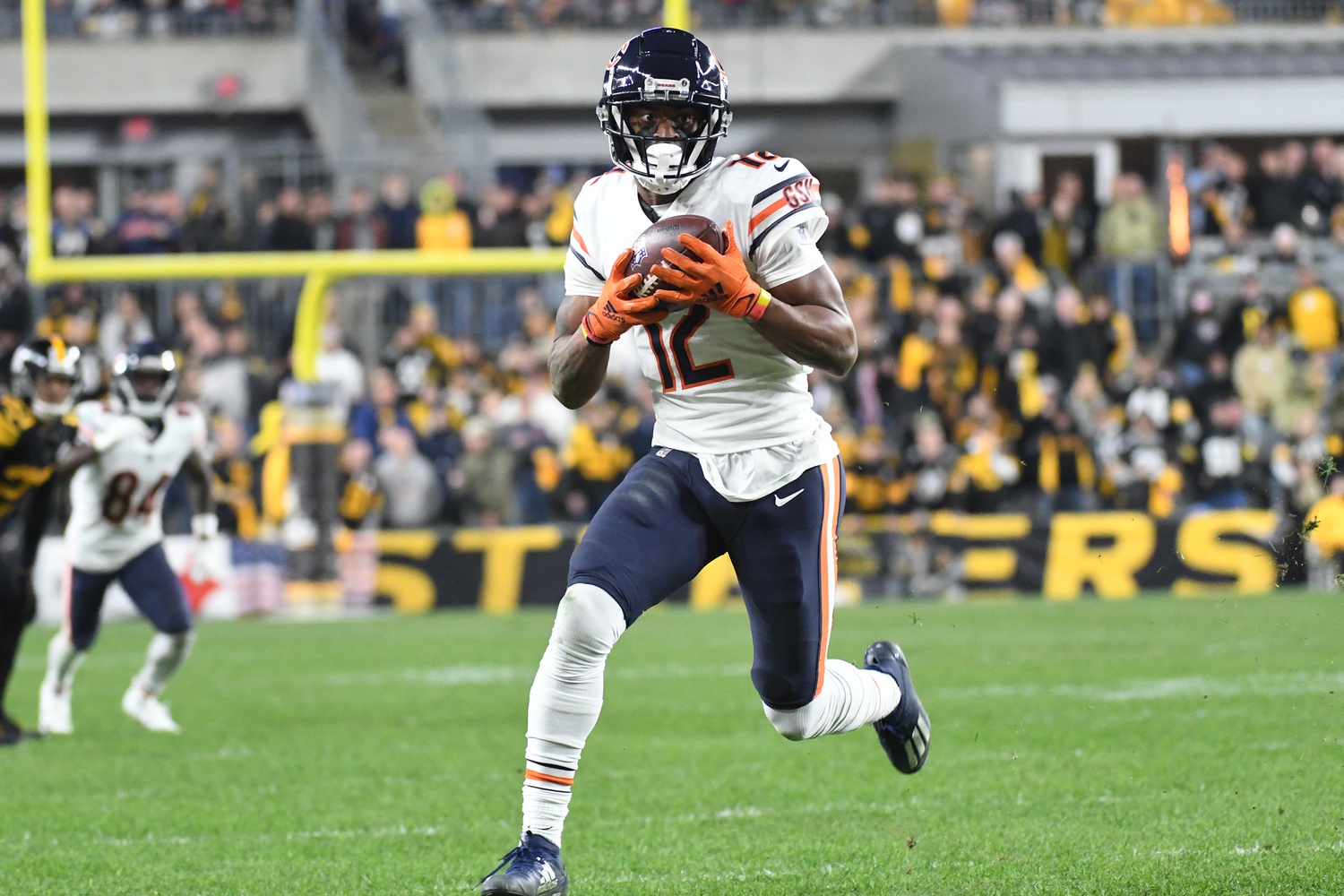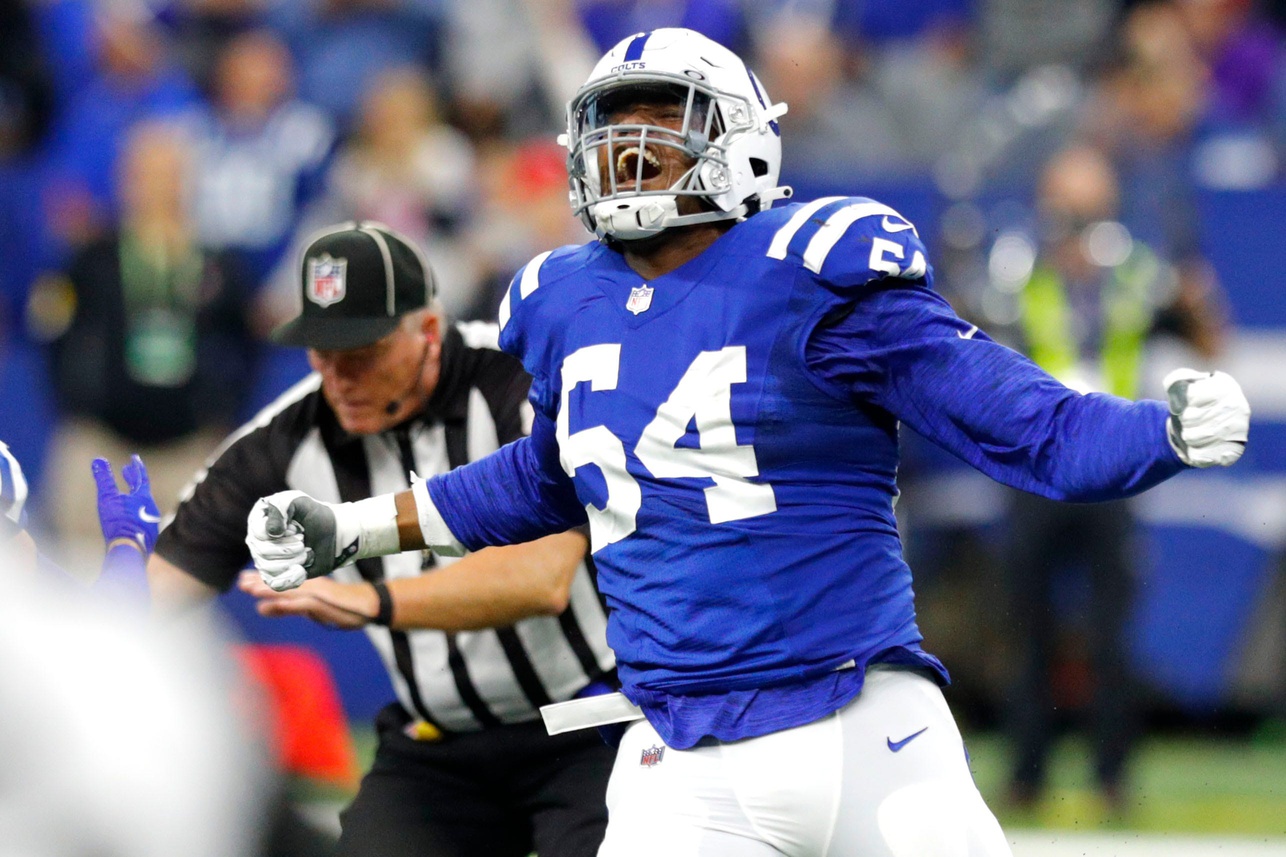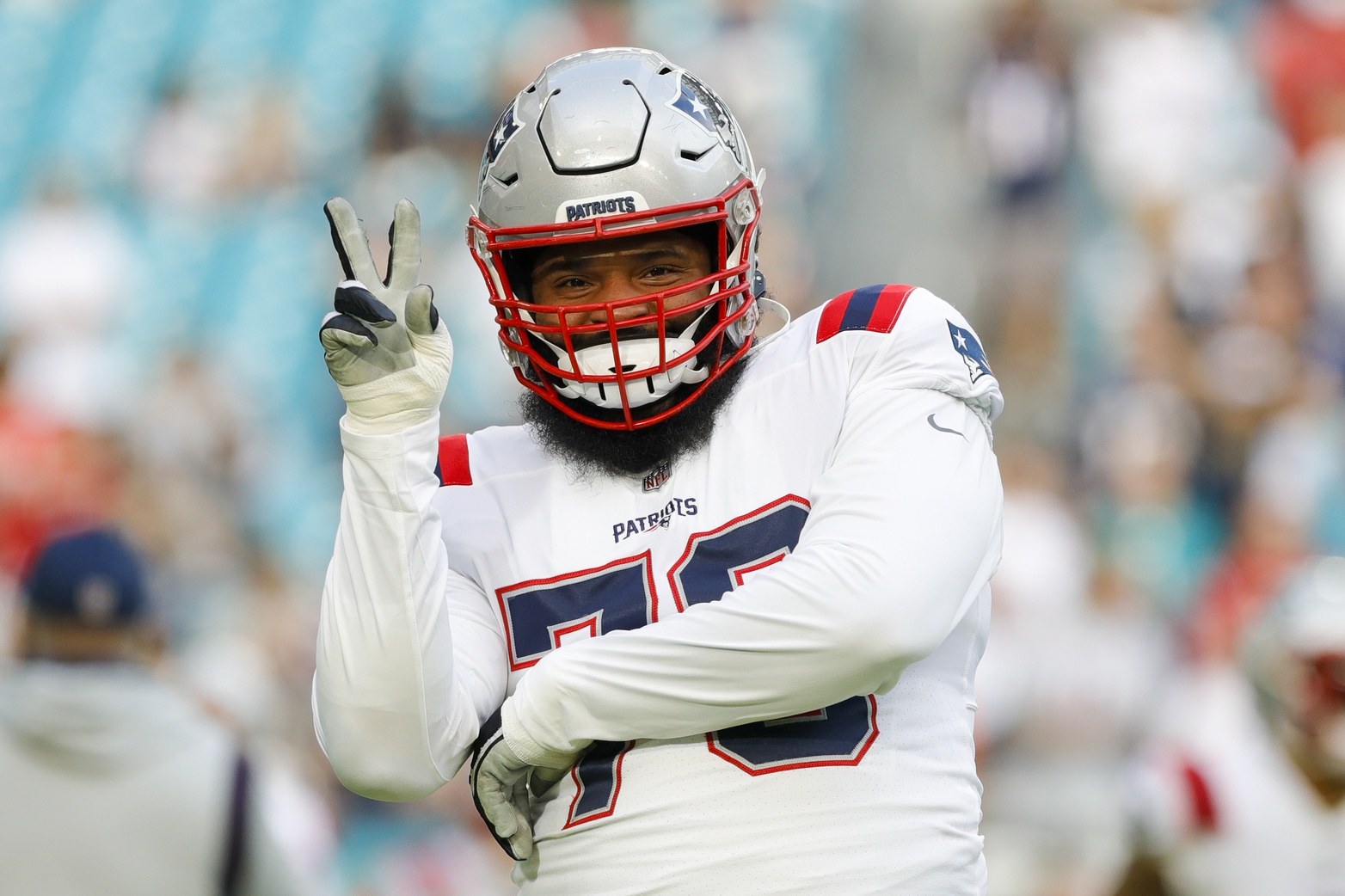From Kenny Golladay and Corey Davis to T.Y Hilton and Will Fuller, a jump into the time machine prior to the start of the free agency window last spring presented a slew of perimeter talent set for massive paydays and high-level production wherever they would eventually call home. While the former proved true, as each of the aforementioned names received a considerable payday, the latter remained overwhelmingly vacant for what was looked upon as one of the deeper groups of available pass-catching talent in the last few seasons.
Although the open signing period is often a case of hit or miss for many teams, where some organizations are just flat out better at garnering a better bang for your buck, rather than backing up the Brinks for individual talent, the group as a whole, blatantly put, was completely irrelevant in 2021. Consequently, the lack of production shown from each player has further complicated each respective wide receiver rooms’ futures, the opposite of what their role looked to provide. A look into each situation deserves its own spotlight.
Allen Robinson (Chicago Bears: Franchise Tag)
Slapped with a hefty $17.8M franchise tag to remain in Chicago, Robinson looked disinterested in each of his 12 appearances. One of football’s bonafide alphas on the perimeter, Robinson’s workload quickly decreased as the season wore on, finishing as nothing more than a secondary read for the musical chairs act under center that Chicago deployed for 17 games. Although he finished second among wide receivers in yards (410), for $17.8M, 410 won’t cut it. In the worst season, statistically, of his career, Robinson saw his role as WR1 in Chicago snatched away by Darnell Mooney.Kenny Golladay (New York Giants: 4 years, $72M)
Did anything go right for the Giants this fall? From Joe Judge to Daniel Jones to the lack of, well, anything, from Golladay, the $72M man who was supposed to become the target hog within New York’s passing game, everything was a failure. Golladay didn’t resemble anything more than a wasted roster spot. The Giants’ attempt to boost their wide receiving corps was valiant in signing Golladay and selecting Kadarius Toney in the first round, but both proved ineffective, and for context, had less combined receiving touchdowns (0), than Lane Johnson, Terrance Steele, and Conor McDermott. Why is that important? The three aforementioned talents are offensive linemen.Curtis Samuel (Washington: 3 years, $34.5M)
Optimism surrounded his potential alongside Terry McLaurin, but the college teammate of the burgundy and gold’s WR1 proved to be nothing more than a clipboard holder in 18 games. Whether it’s Jim Zorn, Mike Shanahan, Jay Gruden, and now, Rivera, free-agent acquisitions have failed to live up to face value when asked to strap up and attempt to replicate performances at prior stops. And while Rivera hasn’t whiffed on the Albert Haynesworths and the Adam Archuletas of the world, Samuel’s failure to do anything but show up in street clothes has patience running thin in the nation’s capital. Appearing in at least 13 games the last three seasons, despite his relative health, Samuel carried a laundry list of injury history into Washington. However, with no prior documented groin issues, when Samuel went down with what was labeled an “inguinal groin strain” back in the spring, his absence looked to be precautionary. A small inconvenience at the time, the injury “lingered” and Samuel missed all of mandatory minicamp, the majority of training camp, dealt with COVID-19 in August, and was eventually placed on injured reserve to start the season. In five games (84 snaps) this fall, he caught six passes for 27 yards.Will Fuller (Miami Dolphins: 1 year, $10.6M)
A flier of a deal for the oft-injured Fuller, his tenure in Miami was over before it ever began. He ended up playing in just two games in 2021—against Las Vegas and Indianapolis—finishing with four catches for 26 yards in 65 offensive snaps before exiting with an injury to his finger in Week 4.Corey Davis (New York Jets: 3 years, $37.5M)
Like many of the names on this list, Davis enjoyed his worst career season to date in 2021. While he battled the injury bug for a majority of the season, Davis appeared in just nine games, amassing 492 yards. While his production—extrapolated over a full 17-game season—approaches the 1,000-yard plateau, missing eight games was the worst-case scenario for head coach Robert Saleh. With at least 11 appearances in his four prior campaigns, he should return to form, if healthy, in 2022.T.Y. Hilton (Indianapolis Colts: 1 year, $8M)
A failure to remain healthy once again for Hilton has seen the last few years of his impressive career quickly slip out of his control. Without a full season played since 2018, Hilton, now 32 years old, will look for targets elsewhere. In 10 games played this fall, he totaled 37 targets, 23 receptions, with 331 receiving yards, all career-lows.Nelson Agholor (New England Patriots: 2 years, $22M)
A member of the onslaught of new weaponry signed by Bill Belichick, by no means was Agholor bad, he just didn’t pop off the page as a guy that expected to become a top target within New England’s offense. The fourth-most targeted pass catcher for the Patriots this fall, he’ll be looked upon to provide a boost in the postseason if teams bracket Jakobi Meyers.JuJu Smith-Schuster (Pittsburgh Steelers: 1 year, $8M)
A departure from Pittsburgh looked more of a reality than fantasy for Smith-Schuster last spring, who quickly went from fan favorite to scapegoat after his off-field antics garnered more interest than his on-field production. Still just 25 years old, he should have plenty of suitors come springtime as his time in Steel City looks to be all but, finally, over. His campaign ended after just five games this fall.Kendrick Bourne (New England Patriots: 3 years, $15M)
Let’s end on a positive note. One of the better stories of football over the last couple seasons, Bourne proved to be one of the best bang for your buck signings of the entire receiver class. Amassing 800 yards via 55 catches—both career highs—Bourne has progressed into a surefire WR2, presenting a sure-handed target for first-year signal-caller Mac Jones. Despite Belichick adding Bourne, Agholor, and tight ends Hunter Henry and Jonnu Smith to boost his passing game, it’s been Bourne who’s made the most of his immediate opportunity.Filed In
Related Articles
NFL
Dayo Odeyingbo Looks Healthy, Ready To Wreak Havoc For Colts
- Aug 22, 2022
NFL
3 Teams That Should Trade For Isaiah Wynn
- Aug 22, 2022
Written By



































